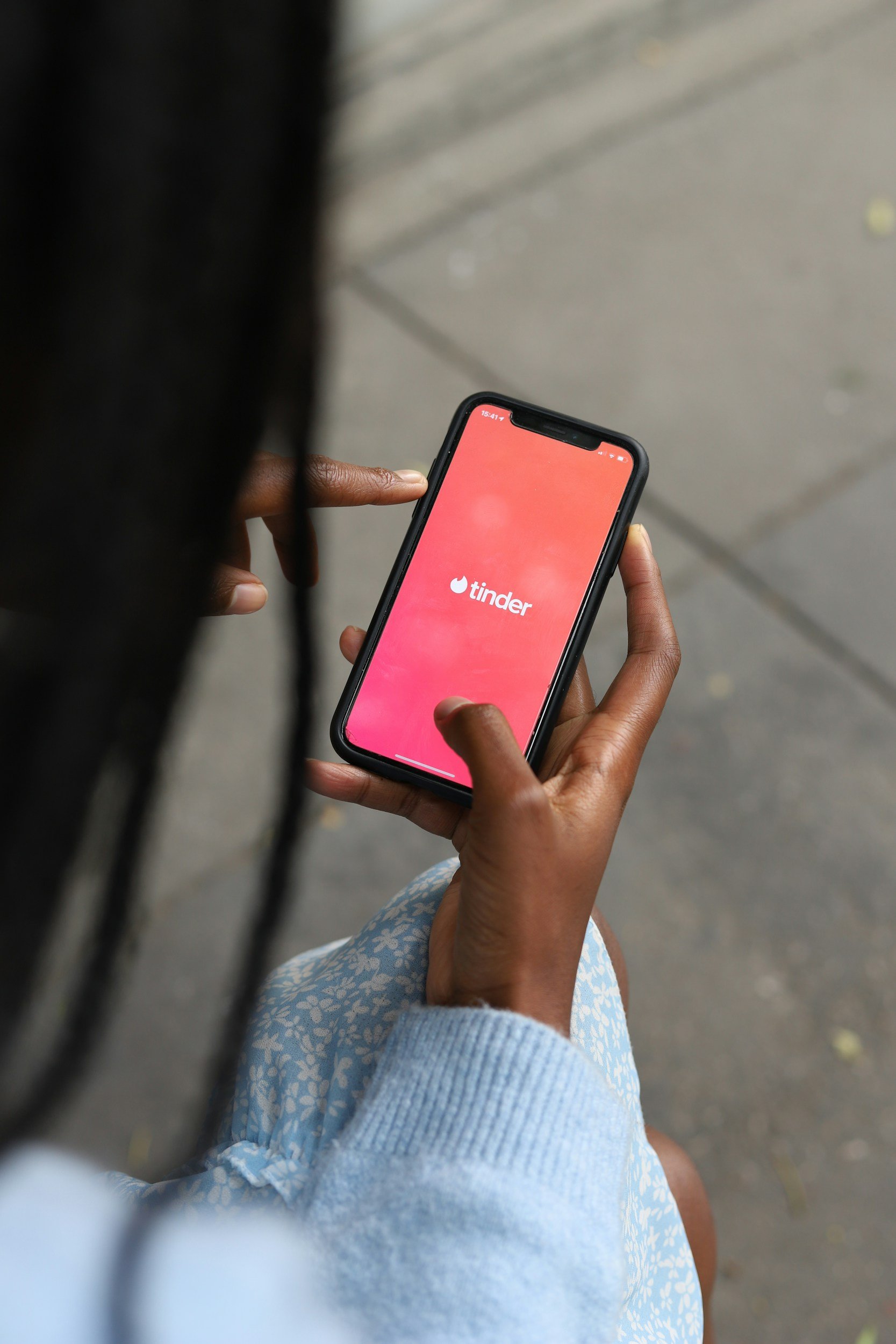Why Is It So Hard to Find a Partner Who Shares My Vision?
Key Takeaways
Clarifying Personal Goals Is Crucial: Before finding a partner with shared goals, you must first clearly define your own. Unclear personal goals make it harder to attract or connect with someone whose vision aligns with yours.
Mismatched Environments Can Lead to Frustration: If you're searching for a partner in spaces or communities where people’s values differ from your own, it will be difficult to find someone with compatible goals. Align your search with environments that reflect your values.
Effective Communication Is Key to Building Shared Goals: Articulating your vision early on is essential to finding a partner who aligns with you. Open and direct communication helps build a relationship based on mutual understanding and shared objectives.
Balancing Personal and Shared Goals Is Essential: While perfect alignment may not exist, flexibility and compromise play a significant role in building a lasting relationship. Focus on compatibility rather than perfection.
Physiognomy Can Offer Unique Insights into Your Relationship Dynamics: By analyzing facial features such as the forehead, eyes, nose, lips, and jawline, physiognomy can help reveal your natural tendencies and challenges in relationships, providing personalized guidance to improve your chances of finding a partner who shares your goals.
Have you ever felt frustrated that no matter how hard you try, you just can't seem to find a partner who shares the same vision or goals? It’s a struggle many people face, and it can lead to feelings of loneliness, disconnection, or even hopelessness in relationships. Let’s explore why this happens and, more importantly, how to solve this problem with practical and specific steps.
Why Do I Have This Feeling?
The feeling of not being able to connect with someone on a deeper, goal-oriented level often stems from a combination of external and internal factors. Here are some key reasons:
Unclear Personal Goals: Sometimes, the issue starts with us. If you haven’t clarified what your own long-term goals are, it's difficult to find someone who aligns with them. A lack of self-awareness can make it harder to filter out people who don’t share your vision.
Mismatched Priorities: While you might know your goals, if you're seeking a partner in settings or communities where people’s values don’t match yours, it’s going to feel like you're swimming upstream.
Communication Barriers: The ability to express your needs and goals clearly is crucial in forming a strong bond. Miscommunication or an inability to articulate what you’re looking for can lead to feelings of being misunderstood or unseen.
Fear of Compromise: Sometimes, the fear of losing parts of your individuality or bending on your goals leads to difficulty finding common ground. Striking a balance between personal and shared goals is key.
How to Solve This Problem - Practical Steps
Clarify Your Goals: Start by clearly defining your personal and relationship goals. Write them down. Are they about career progression? A certain lifestyle? Raising a family? The more specific you are, the easier it becomes to identify people with similar outlooks.
Broaden Your Search Pool: Reassess where and how you’re looking for a partner. If you’re attending events or engaging in communities that don’t align with your values or future plans, shift your focus. For example, if you're passionate about environmental sustainability, consider joining groups or attending events related to that cause.
Improve Communication: Practice articulating your goals, especially early on in relationships. Open communication helps potential partners understand your vision and gives you insight into theirs. Be direct but also open to listening.
Flexibility & Compromise: Recognize that no two people will have 100% aligned goals, and that’s okay. What matters is finding someone whose goals are compatible, even if they’re not identical. Learn to strike a balance between shared objectives and personal aspirations.
Seek External Guidance: Sometimes, finding a partner with aligned goals requires self-awareness and insight from a new perspective. This is where a face reading through physiognomy can offer deeper insights into your personality and approach to relationships.
How Can Physiognomy Help You Find a Partner with Common Goals?
Physiognomy, the ancient art of face reading, provides insights into your personal characteristics, strengths, and challenges through the interpretation of facial structures. This analysis can help you understand why you might be facing difficulties in finding a partner with similar goals and how you can overcome these challenges.
Here are some specific facial structures that may influence your relationship dynamics:
Forehead: In Chinese physiognomy, the forehead represents intellect and foresight. A narrow forehead might indicate difficulty in long-term planning, while a high and prominent forehead reflects strategic thinking and the ability to map out life goals. If you have difficulty aligning with a partner’s vision, it might be worth considering how your own planning tendencies are reflected in your facial features.
Eyes: Your eyes reveal your communication style and emotional openness. Deep-set eyes often suggest a more reserved personality, potentially making it harder to openly discuss and align goals. On the other hand, wide-set eyes reflect openness and adaptability, which can help in adjusting to a partner’s goals without losing your own.
Nose: The nose, particularly its shape and prominence, relates to ambition and determination. A small or less prominent nose might indicate passivity or a reluctance to pursue personal goals assertively, which could contribute to difficulty finding a partner with similar drive. Understanding this can help you take steps to be more assertive in your approach to relationships.
Mouth & Lips: Your lips indicate your expressiveness in relationships. Thin lips might suggest you’re less forthcoming with your desires or goals, leading to misunderstandings or mismatched priorities. Learning to articulate your needs more clearly, combined with face reading, can help overcome this barrier.
Jawline: A strong jawline represents decisiveness and strength of will. If you have a weaker or more rounded jawline, it might reflect a tendency to compromise too much or not stand firm on your goals. A facial analysis can reveal these traits and suggest strategies for finding balance between asserting your goals and being flexible with a partner.
How Can You Benefit from a Professional Face Reading?
Through a personalized face reading assessment, we can delve into your unique facial structure to uncover deeper insights into your personality and relationship tendencies. Whether you're struggling with finding common ground or simply want a clearer understanding of what’s blocking you from achieving harmony in your relationships, physiognomy can guide you in the right direction.
At physiognomy.ai, we offer in-depth face reading services that help you:
Understand your natural inclinations in relationships.
Identify traits that may be holding you back.
Discover potential growth areas to align better with future partners.
By uncovering these subtle aspects of yourself, you can take actionable steps toward finding a partner who shares your goals and values. Ready to gain clarity? Let our face reading services guide you on your journey to a more fulfilling relationship.











